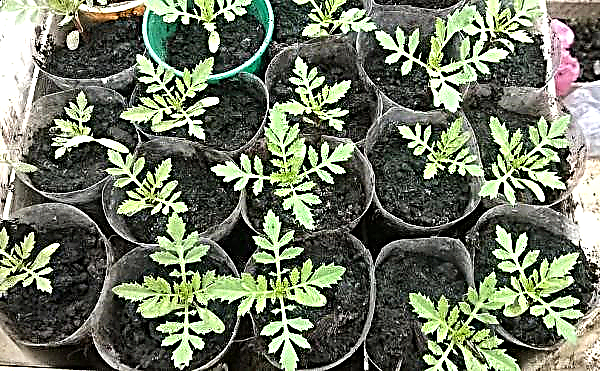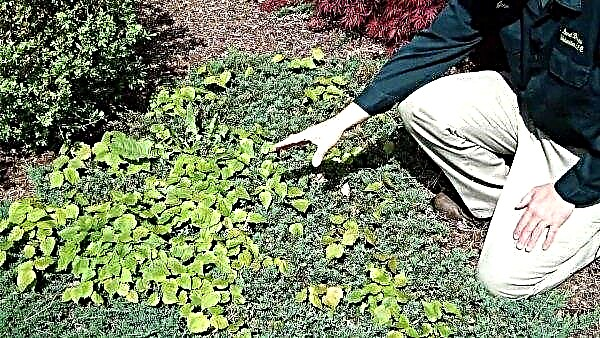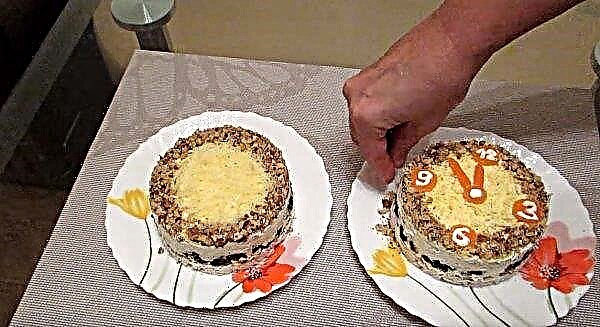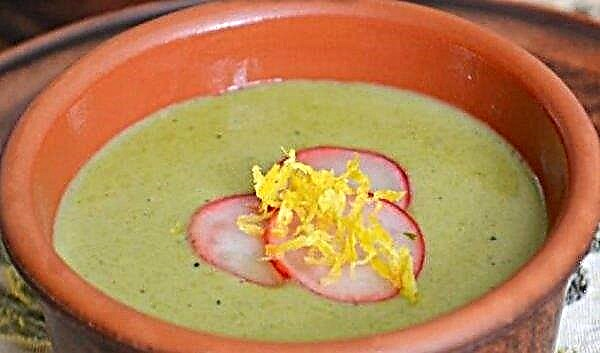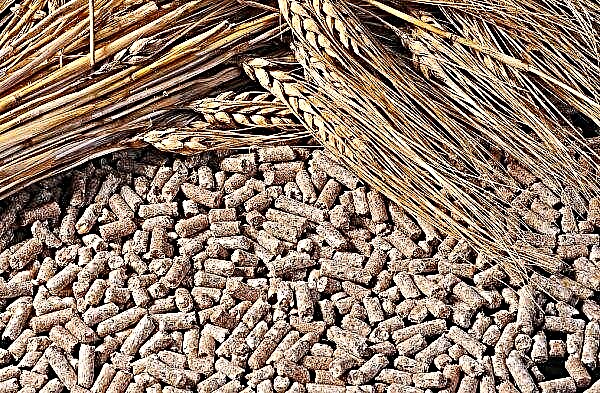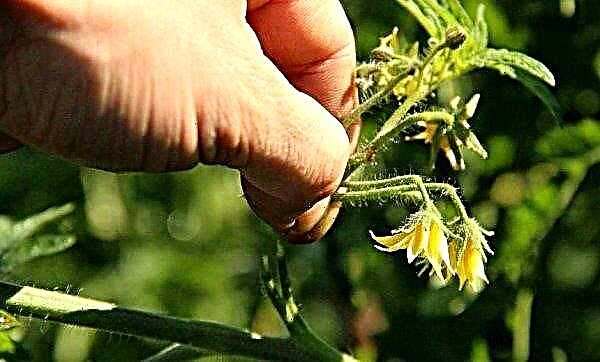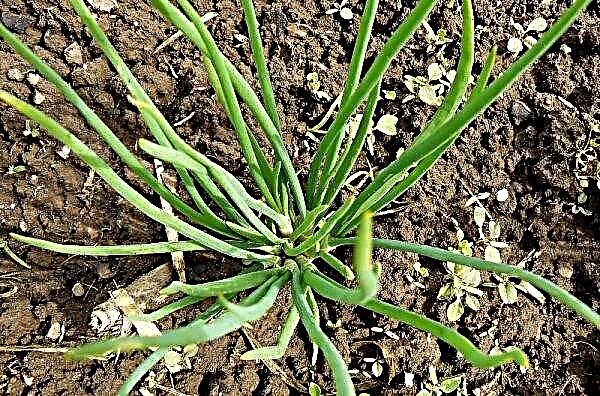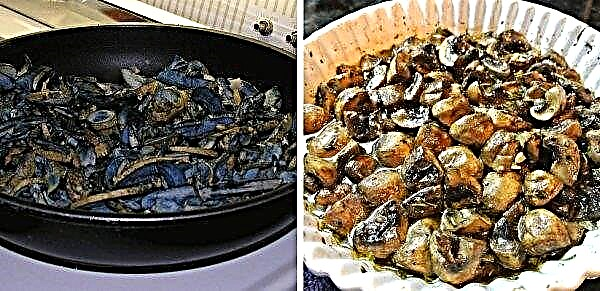Gardeners love juniper for its consistent green color throughout the year and a good combination with other garden crops. But in order to be able to create beautiful compositions with the participation of this coniferous plant, you need to know the subtleties of its reproduction and the features of caring for it. This will be discussed further.
How does juniper breed in nature
In nature, juniper propagates by seed. Cones appear on the plant as a female type, reminiscent of berries, and male. First, seed ripening occurs - they are small and have good volatility. The ripened cones crack, the seeds are picked up by the wind, or the birds collect and spread over long distances.
When is it better to cut: summer, spring or autumn
Cuttings are the most practical way of propagating juniper. This procedure can be carried out from spring to autumn, although gardeners with experience note that it is best to harvest cuttings at the beginning of summer or even at the end of the season - in winter.

Thus, the timing of the cuttings depends on the planned time of planting the cuttings at a constant place:
- summer - if you wish to plant in the fall (harvesting should be done before June, so that they take root before the cold);
- mid winter - landing work in the spring;
- late autumn, end of winter - spring planting.
Important! It is advisable to plant in the spring immediately after the snow melts, so that the plant takes root before the hot days.
How to propagate juniper cuttings
Cutting a plant is not difficult, the main thing is to know and observe all the details so that the rooting process is successful and quick. Step-by-step process instructions are outlined below.
Preparing planting material
First you need to choose the right planting material. There are several rules:
- It is desirable to harvest cuttings from bushes older than 8 years - then the young growth will retain all the characteristics of the mother plant.
- When it is necessary to grow a sprawling bush, the stalk should be cut from the middle part of the bush. If you need a vertical one, from the top. One mother bush will be enough to update the planting.
- Escape must be green. Cut it out early in the morning.
- When cutting, you should grab part of the branch on which the shoot grew, so that it turns out with the so-called heel. This will speed up the rooting process.
- You need to divide the branch into blanks 12 cm long. It can be longer, but not more than 25 cm.
- It is necessary to produce cuttings only with a sharp and sterile tool.

How to prepare the stalk
The preparatory steps are as follows:
- Remove the needles on the shoot with a sharpened knife, without injuring the bark. Needles should remain only at the very top.
- The bottom of the handle should be treated with a growth stimulator or such a means - you need to dilute sugar in warm water in a ratio of 1 to 2.
- After a day, sprout shoots in a pre-prepared nutrient substrate.

How to root a stalk
The nutrient substrate for the propagation of juniper should be loose, breathable, moisture-absorbing. Such characteristics correspond to a mixture of peat and sand, in equal proportions. For good air exchange add some charcoal and perlite.
Important! If several cuttings are planted, then between them should be 6–8 cm
The rooting process looks like this:
- The tank is filled with soil mixture, in which a hole is formed 30–40 mm deep and 10 mm in diameter.
- A stalk is placed in the hole, the soil around it is compacted, abundantly irrigated.
- The period of formation of viable roots is a minimum of 25 days.

Further care of seedlings
Young growth requires rapid care for rapid root formation. At home, it is not difficult to breed it.
Proper watering
A sapling needs watering only when you find that the soil begins to dry intensively. Otherwise, the moisture that you poured during planting will be enough for him. A forest shrub planted on a permanent place is able to do without moisture for a long time. Only in the hot and dry season should it be irrigated at least once a month. Also, you should spray the bushes from the spray bottle weekly early in the morning or late in the evening.
Fertilizer and fertilizer
Saplings growing in the open ground in the spring need to be fed with a nitroammophos (45 g / m²). In summer, organic and mineral fertilizers should be applied once a month. But overdoing is not advisable. In summer feeding, weakly growing bushes usually need. The rest can do without them.

Lighting
Young seedlings, like mature bushes, do not like direct sunlight. Their tender needles very quickly burn out and lose their attractiveness, so they need to provide partial shade. Bushes should be shaded with burlap or the finest agrofibre.
Did you know? In rural areas, juniper branches are used in bath brooms, and also used to sterilize wooden containers in which billets are stored.
Temperature and humidity
In order for the processes of root system formation to proceed quickly, the seedling needs to be provided with a temperature of + 18 ... + 23 ° С. For this, the containers must be placed in a greenhouse or covered with a film, glass. An ordinary juniper loves moisture, but not its excessive amount, otherwise the roots begin to rot. For this reason, it is necessary to regularly ventilate the greenhouse and remove excess moisture from the film.
Winter preparations
In the first two years, young bushes planted in a permanent place must be covered with lutrasil or spanbond for the winter. An adult juniper with a spreading crown should be bandaged with a rope or twine so that the branches do not break under the weight of the snow. It is also advisable to periodically shake the bush from snow.

How to propagate a shank at home in a jar of water
You can try to root the shoot in water, but it will be extremely difficult to achieve positive results. The fact is that due to the long presence in the water, the juniper bark exfoliates. As a result, the viability of such an escape is significantly reduced. Even if he takes root, he does not have enough strength to take root in the soil.
Other methods of propagation of juniper
Juniper can be propagated not only by cuttings, but also by layering, seeds. These methods are less effective, but for some species they are more suitable.
Seeds
Since the plant is pollinated by the wind, there are very few seeds that can produce offspring. Seed collection should be carried out in biennial bushes, when the berries are just beginning to darken. If they have completely changed color, then the seeds from them hibernated and they will sprout for a very long time.
The collected planting material must be stratified:
- Harvest is laid out in a box filled with a wet mixture of peat, sand and moss.
- The material is sprinkled with the same substrate.
- In winter, the tank is taken outside and left under the snow until the end of the cold weather (approximately 150 days).
This process speeds up seed germination.. If you do not carry out the specified procedure, then you can expect seedlings a whole year. With the arrival of stable heat (May), planting material must be removed from the soil and planted in the garden. When shoots appear and the seedlings get a little stronger, they can be planted in permanent places.

Layering
Breeding by layering is possible for creeping plant species. Branches, which are no more than a year old, need to be pinned to the ground, having previously been laid in horizontal grooves, and dug up with nutritious earth. By spring, this branch should take root.
Did you know? Juniperus — Latin name for juniper. It comes from "joini-parus", which literally means "giving branches suitable for weaving."
Such layering can be carefully separated and planted in a permanent place.. Small processes need to be transplanted into a separate bed so that they can better grow stronger and take root. In the fall they are moved to a sunny place.

What are the problems with the reproduction of juniper
Juniper, properly planted in open ground with proper care, does not cause any special problems when growing. The plant has good immunity to various diseases and pests. For preventive purposes, it is still necessary to carry out antifungal treatment with fungicides. Insecticides are effective against aphids, spider mites, and insects.
It happens that the planting is carried out correctly, the plant is well maintained, but in the depths of the crown yellow needles are found. These are usually signs of conifer caused by a lack of moisture. This is a completely natural process. If the young needles that appeared this year remain green, then there is no need to worry.
It happens that under the pressure of snow the bush falls apart into two parts. To restore it, it is necessary to smear the places of the split with a special balm from wounds. At the break point, all parts of the branches must be pressed tightly and locked. After fusion, the latch can be removed.
Juniper is not difficult to propagate. To convert a summer cottage, a few coniferous bushes are enough. Subject to all landing rules, they will be pleasing to the eye for a long time.

